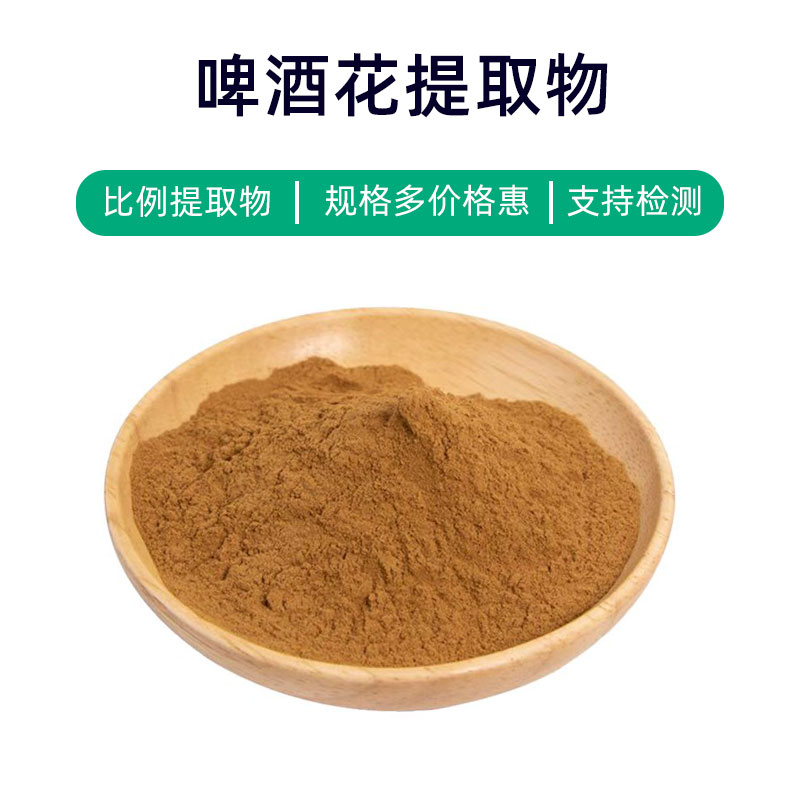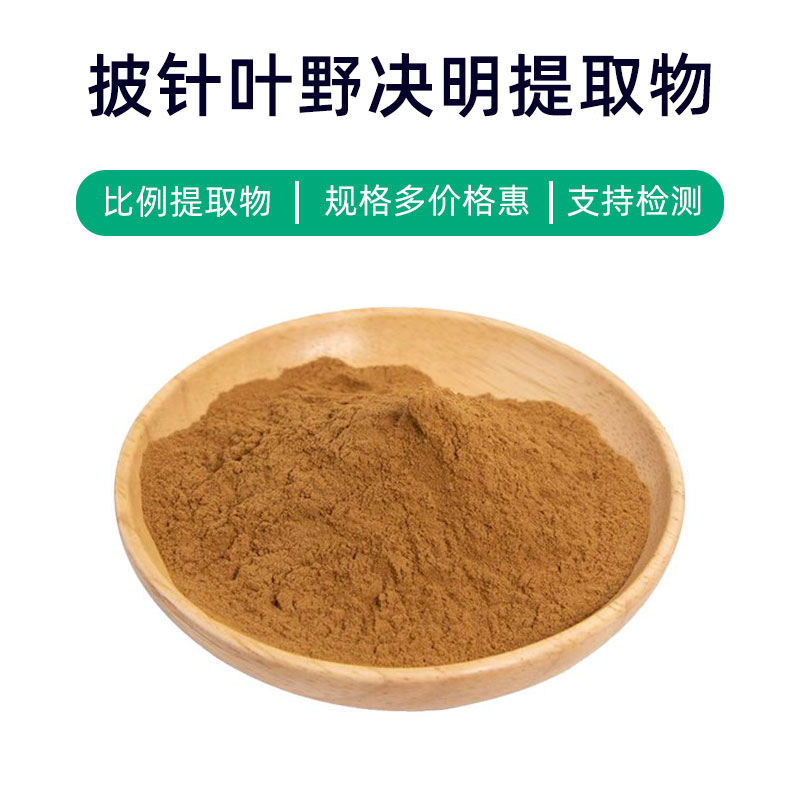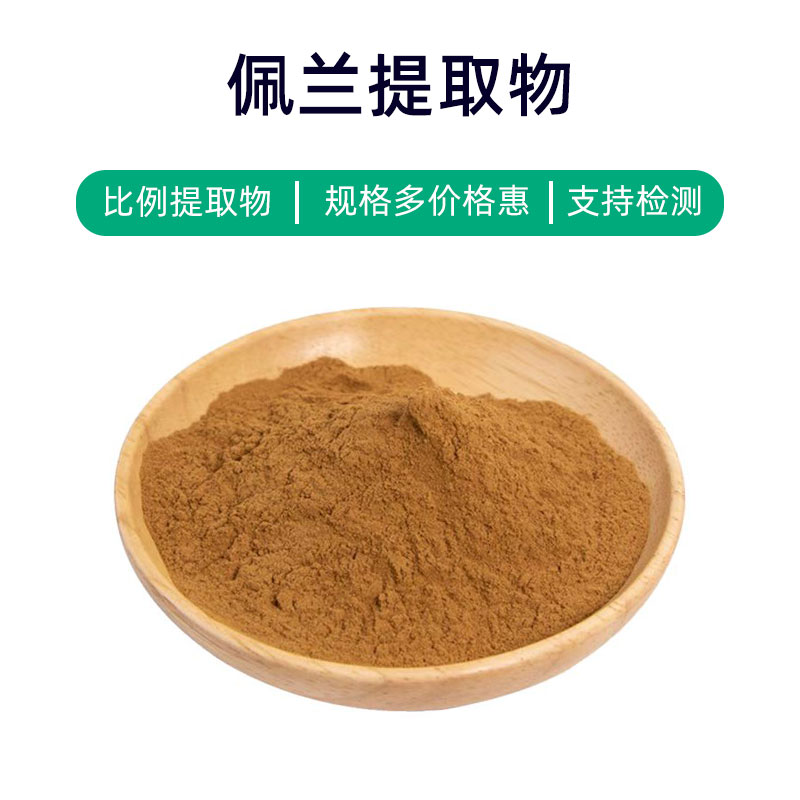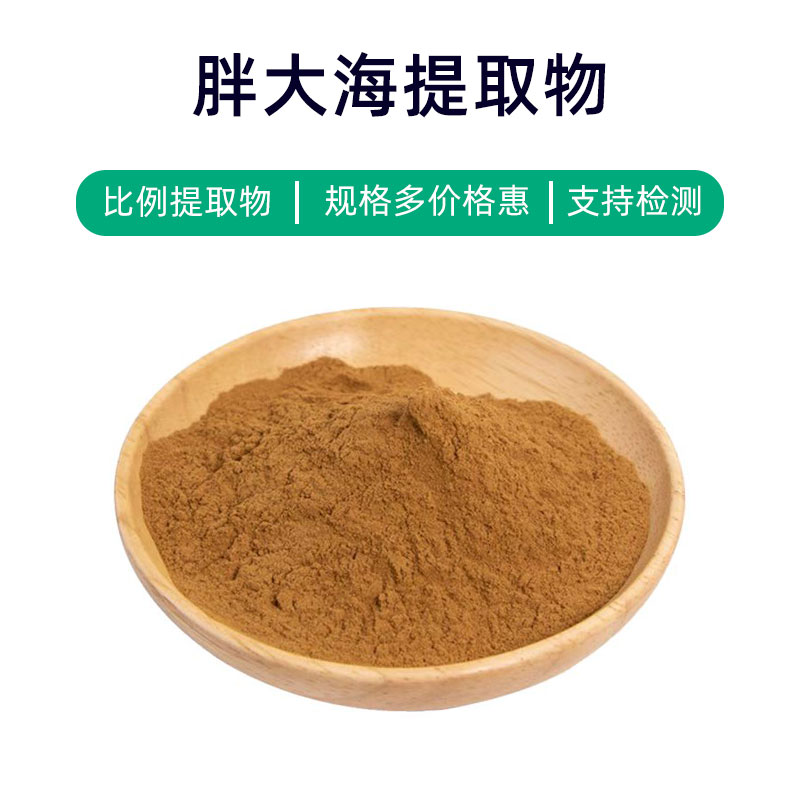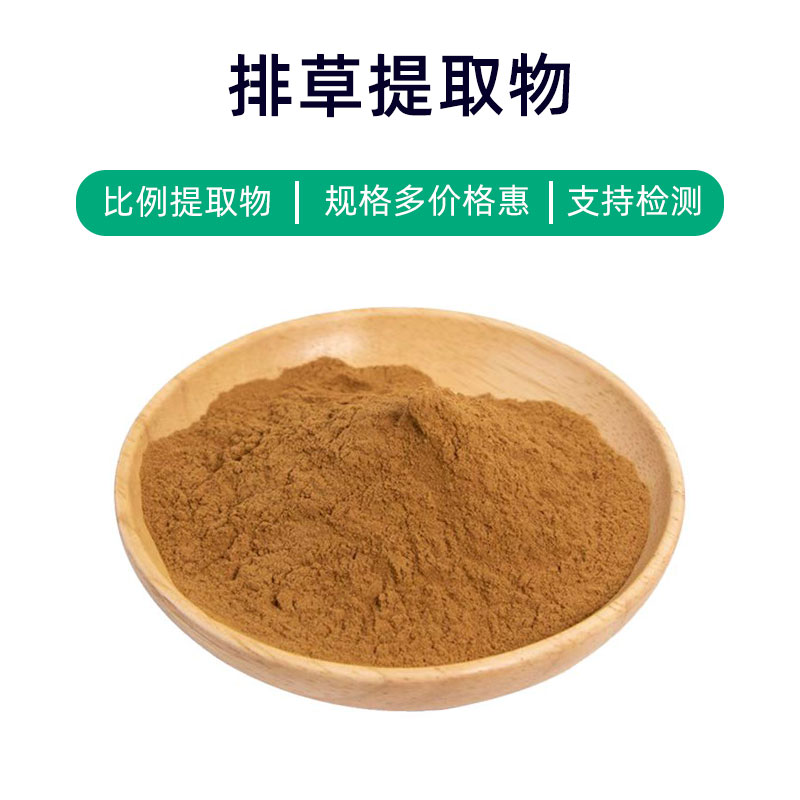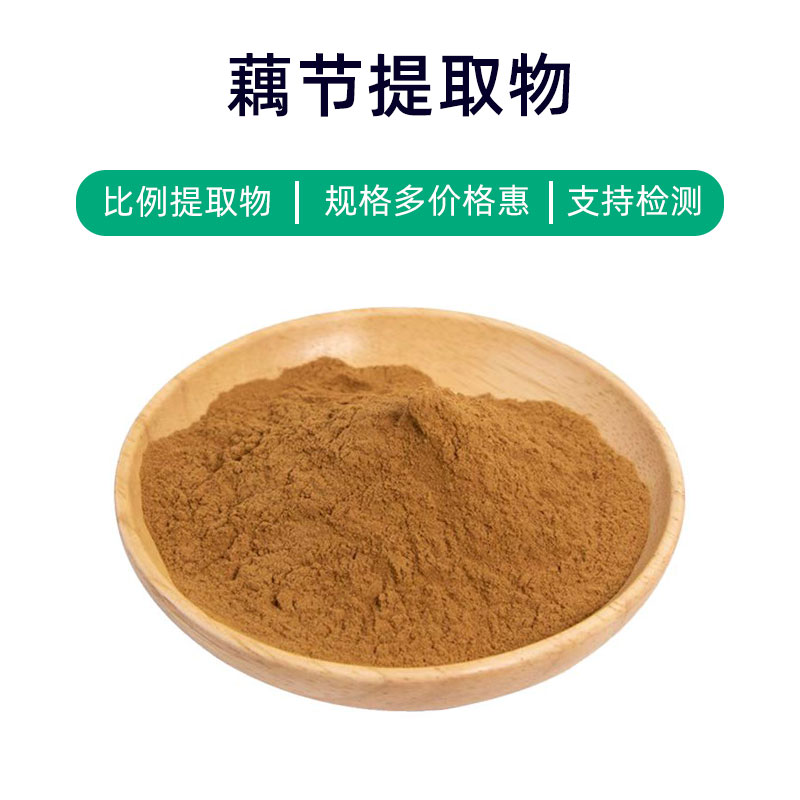Spirulina Extract Product Introduction
Spirulina extract is a nutrient-rich natural product extracted from Spirulina (Arthrospira platensis). Its main components include protein, chlorophyll, carotenoids, vitamins, minerals, and various other nutrients. Due to its abundant nutritional components, spirulina extract has garnered significant attention and is widely used in dietary supplements, food products, cosmetics, and more.
The primary benefits of spirulina extract include providing a wealth of nutrient support, such as high protein content that helps maintain skin and tissue health. Chlorophyll provides antioxidant protection, carotenoids support eye and skin health, while vitamins and minerals support various physiological functions in the body.
In the dietary supplement sector, spirulina extract is often made into oral capsules or tablets, serving as a natural source of nutrient supplementation, which aids in enhancing immunity, physical strength, and resilience. In food applications, spirulina extract can be used to produce various nutritional foods, such as drinks and energy bars. In cosmetics, spirulina extract is commonly used in skincare products for its moisturizing, nourishing, and antioxidant properties, which help improve skin texture and reduce signs of aging.
Overall, spirulina extract is a multifunctional natural nutrient, and its rich nutritional components give it broad application prospects across various fields, providing effective support for health and beauty.
Spirulina Extract Production Process
The production process for spirulina extract typically involves the following steps:
- Cultivating Spirulina: The first step in producing spirulina extract is to cultivate spirulina under suitable environmental conditions. Large bioreactors or cultivation pools are commonly used, controlling factors such as temperature, lighting, stirring, and nutrients to promote the growth and reproduction of spirulina.
- Harvesting Spirulina: When spirulina grows to a certain density, it is collected from the culture medium using physical or chemical methods. Common harvesting methods include centrifugation, filtration, and precipitation to obtain high-purity spirulina.
- Extracting Spirulina Components: The harvested spirulina is crushed and treated, using solvent extraction or ultrasonic extraction methods to extract the effective components (such as protein and chlorophyll) from spirulina.
- Concentration and Purification: The extracted solution is concentrated through evaporation, freeze-drying, or other concentration techniques to obtain a high concentration of spirulina extract. Chromatography, filtration, and other methods are then used to purify the extract, removing impurities and increasing product purity.
- Testing and Quality Control: Quality testing of spirulina extract includes checking nutritional components, microorganisms, heavy metals, etc., to ensure the product meets relevant standards and regulatory requirements.
- Packaging and Storage: After quality testing is complete, the spirulina extract is packaged, typically in sealed plastic bags or bottles, and stored in a dry, cool, dark environment to ensure product stability and shelf life.
- Final Inspection and Packaging: The extract undergoes final product inspection to ensure quality and safety. The extract is then packaged according to regulations, with labels and instruction inserts added, followed by final quality control testing to ensure the product meets market demands and regulatory requirements.
Spirulina Extract Benefits and Side Effects
As a natural dietary supplement, spirulina extract provides various benefits, including:
- Rich Nutritional Support: Spirulina extract is rich in protein, chlorophyll, β-carotene, vitamins, and minerals, offering comprehensive nutritional support to the body.
- Enhancing Immunity: Spirulina extract contains abundant β-glucans and other immune-regulating substances, which can enhance the body's immunity and resistance, preventing infections and diseases.
- Antioxidant Effect: The chlorophyll and carotenoids in spirulina extract have strong antioxidant activity, helping to neutralize free radicals, slow down cellular aging, and protect cell health.
- Regulating Blood Sugar and Lipids: Studies show that active components in spirulina extract can help regulate blood sugar and lipid levels, aiding in the prevention and improvement of metabolic diseases like diabetes and hypertension.
- Improving Digestive System: Dietary fiber and beneficial components like probiotics in spirulina extract can promote intestinal peristalsis, improve digestion and absorption, and prevent constipation and dyspepsia.
- Enhancing Exercise Endurance: Protein and amino acids in spirulina extract contribute to improved muscle strength and endurance, enhancing exercise performance and recovery.
- Beauty Benefits: Nutritional components in spirulina extract can promote skin metabolism, improve skin elasticity, reduce wrinkles and blemishes, keeping the skin youthful and healthy.
- Reducing Fatigue: Natural components in spirulina extract can help boost physical and mental states, alleviate fatigue, and increase energy and vitality.
Spirulina extract is generally considered safe and does not typically produce significant side effects. However, some individuals may experience mild gastrointestinal discomfort or allergic reactions. It's advisable to consult a doctor or nutritionist before use and follow the recommended dosages on the package.
Spirulina Extract Applications and Dosage
Spirulina extract is a natural dietary supplement with broad applications in medicine, food, and cosmetics. Below are its applications and recommended dosages in various fields:
- In Medicine:
- Application Scenarios: Spirulina extract is commonly used in the medical field as a nutritional supplement to improve fitness, enhance immunity, assist in regulating blood sugar and lipid levels, and prevent vitamin and mineral deficiencies.
- Dosage: It is generally recommended for adults to take 2-4 grams of spirulina extract daily, with the dosage adjustable based on individual conditions and doctor recommendations. The extract powder can be dissolved in water or added to juice or other beverages.
- In Food:
- Application Scenarios: In the food sector, spirulina extract is used as a nutritional enhancer, commonly found in nutritional bars, powders, and drinks to increase the nutritional value of products.
- Dosage: As a food additive, spirulina extract should be added according to food safety standards and production processes, typically not exceeding 1% of the total food weight.
- In Cosmetics:
- Application Scenarios: Spirulina extract is extensively used in skincare and cosmetic products to enhance moisturizing, antioxidant, whitening, and anti-aging effects.
- Dosage: In cosmetics, spirulina extract usually exists in concentrated liquid or serum forms, with dosage based on the product formulation, generally following the usage instructions on the label.
In all three fields of application, adherence to relevant regulations and standards is necessary to ensure product safety and effectiveness. It is recommended to adjust the dosage based on personal health status, age, gender, and to consult a healthcare professional for advice.
Spirulina Plant Overview: Distribution and Growth Environment
Spirulina (scientific name: Spirulina) is a type of blue-green algae classified under the phylum Cyanophyta and family Arthrospiraceae. It is unicellular and typically spirals or filamentous in shape, hence the name. Spirulina is widely distributed around the world, primarily thriving in warm saline environments, and is a photosynthetic organism that usually grows in alkaline water bodies, such as freshwater lakes, saline lakes, marshes, and salt flats.
Plant Overview:
Spirulina is a native plant with a spiral cell structure and the ability to self-nourish and grow naturally. It grows in water by absorbing nutrients, carbon dioxide, and sunlight to perform photosynthesis, thus reproducing.
Distribution:
Spirulina is widely found in warm regions around the world, especially in tropical and subtropical areas. It primarily inhabits marshes, lakes, reservoirs, and salt flats across Africa, Asia, the Americas, and Oceania. In some regions, spirulina is artificially cultivated to obtain its nutritional components.
Growth Environment:
Spirulina prefers to grow in weakly alkaline water with a pH of approximately 8.5-11, with an optimal temperature range of 20-35 degrees Celsius. Ample sunlight is essential for spirulina's growth, as it requires substantial light for photosynthesis. Additionally, it needs sufficient carbon dioxide and nitrogen sources to sustain growth. This blue-green algae is highly adaptable, capable of thriving under various environmental conditions, but it exhibits optimal growth in alkaline water regions and warm climate environments.
In summary, spirulina is a blue-green algae that is widely distributed in warm water areas, requiring high pH levels, suitable water temperatures, ample sunlight, and rich nutrients like carbon dioxide and nitrogen for growth.
Spirulina Extract Processing and Storage
The processing of spirulina extract typically includes the following steps: first, harvesting and separating the algae, then extracting effective components using physical or chemical methods, followed by concentration, filtration, and drying to obtain the extract. In terms of storage, spirulina extract should be kept in a cool, dry, and dark environment to prevent direct sunlight and humidity, avoiding high temperatures. Sealed containers are crucial for maintaining the quality of the extract, preventing moisture and oxygen exposure, and prolonging its shelf life.
Monica Sun is a seasoned expert in the plant extraction industry with over a decade of experience in research and production. She specializes in the extraction and purification of plant active ingredients, focusing on driving innovation in natural product applications. Monica has participated in the development of multiple functional plant extracts, delivering high-value natural raw material solutions for the health food, pharmaceutical, and dietary supplement sectors.









